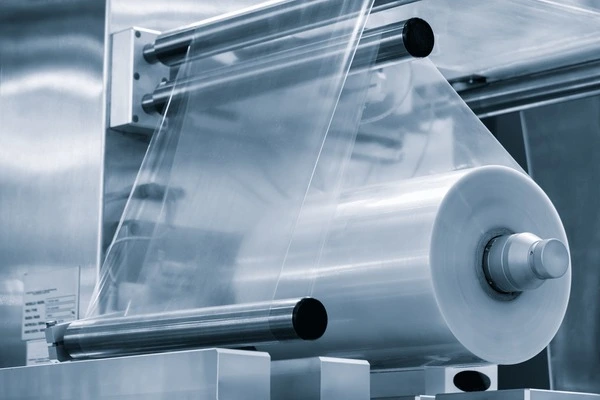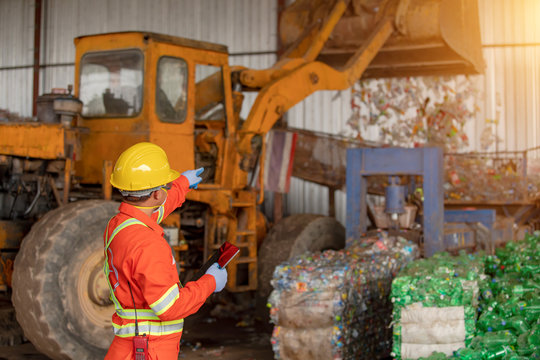Pouch Film Thickness Explained: What 80, 100 or 120 Microns Actually Mean
When you order flexible packaging solutions, one of the first technical details that comes up is film thickness. Pouches are often quoted as 80, 100 or 120 microns, but what does that number actually mean? And more importantly, how does it affect your product, and even your logistics?
Film thickness might look like a small detail, but in practice it has a big influence on packaging performance. It determines strength, puncture resistance, barrier capability, and how a pack feels when held. A flimsy pouch can frustrate customers or fail in transit, while an unnecessarily thick one adds cost and weight without real benefit.
For food producers, pet food brands, supplement manufacturers and e-commerce sellers, understanding thickness levels helps avoid costly mistakes. At Aropack, we work with clients every day to select the right packaging solutions for their products, balancing performance, sustainability and budget.
What Exactly Does Micron Thickness Refer To?
A micron (µm) is one-thousandth of a millimetre. In pouch packaging, it refers to the total thickness of the film structure, not just a single plastic sheet, but usually a laminate made from multiple layers. Each layer has a role: PET for print and stiffness, PE for sealing, PP for clarity, EVOH for barrier protection, so on.
So when we say a pouch is 100 microns, it means the combined thickness of all layers adds up to 0.10mm. That difference between 80 and 120 microns might sound tiny, but it makes a real difference to how strong the pack is, how rigid it feels, and how well it resists puncture. Many printed plastic bags are specified in this range to meet the needs of different products and markets.
80 Microns: Lightweight and Flexible
An 80 micron pouch is at the lighter end of the scale. These films are thinner, more flexible and use less raw material. That makes them more cost-efficient and in some cases more sustainable. They are best suited for single-serve sachets, seasoning packets, lightweight snacks, samples or trial runs.
The advantages include lower unit cost, reduced shipping weight, and the fact they are easy to fold or store. However, the limitations are clear: less rigidity, lower puncture resistance, and they are not well suited for sharp or heavy contents. Brands often choose 80 microns for sachet packaging or promotions where the pouch only needs to protect the product for a short time. It’s not recommended for products requiring long shelf life or multiple uses. For these short runs, lighter printed plastic bags can be a practical choice.
100 Microns: The Balanced Choice
The 100 micron pouch is widely seen as the standard in flexible packaging solutions. It balances strength with flexibility and works for the majority of everyday food and supplement products. This makes it particularly suitable for snacks, dried fruit, confectionery, coffee refills, and protein powders.
The key advantage is durability. It is strong enough for resealable zippers, provides a good balance of protection and cost, and creates a professional impression in the hand. The only real limitation is that it may not provide enough rigidity for bulk items or export packs under heavy handling. For most brands, 100 microns is the safe choice, strong enough for regular use, light enough to keep costs reasonable. At Aropack, this is often our starting recommendation when clients aren’t sure what thickness they need, especially when producing printed plastic bags that must combine cost efficiency with shelf appeal.
120 Microns: Strength and Premium Feel
When durability and premium image matter, 120 micron film is a strong option. It’s noticeably thicker and stiffer than 80 or 100 microns, giving a pouch that “solid” feel consumers associate with quality.
It is best suited for pet food, larger snack packs, premium coffee, export packaging, and bulk goods. The advantages include excellent puncture resistance, firmer stand-up performance, and a premium tactile impression. The main drawbacks are higher unit cost, more raw material used, and heavier shipping weight. For high end product packaging, thickness can be as important as graphics. A 120 micron pouch doesn’t just protect the product, it communicates value when picked up from the shelf. Brands investing in environmentally friendly packaging often pair this thickness with recyclable mono-material structures to combine strength with responsibility.
How Thickness Affects Shelf Life
Film thickness alone doesn’t guarantee long shelf life, but it supports barrier layers that do. An 80 micron pouch may be fine for crisps eaten within weeks, while a 100 micron pouch with EVOH can keep dried fruit or granola fresh for months. A 120 micron pouch with aluminium oxide or high-barrier PE can extend pet food or coffee shelf life to a year or more.
That’s why at Aropack, we never discuss thickness in isolation. We always combine micron choices with barrier specifications to match product needs.
How Customers Perceive Thickness
Thickness isn’t just technical, it shapes perception. A thin, flimsy pouch can make even a premium snack feel low-value, while a thicker pouch feels sturdier, protecting brand reputation in the customer’s hands. For custom packaging for products that aim to convey premium quality, choosing 100 or 120 microns reinforces the impression of durability and trustworthiness. This is why many premium printed plastic bags rely on thicker film structures to strengthen the customer’s sense of quality.
The Logistics and Cost Angle
Material thickness directly impacts packaging economics.
-
Thicker films = higher cost per unit, higher transport weight, higher environmental impact per pouch.
-
Thinner films = cost-savings, but greater risk of failure in distribution.
Finding the sweet spot is essential. For e-commerce sellers, too-thin pouches can burst in transit; for exporters, too-thick pouches add unnecessary pallet weight. Aropack helps clients calculate cost per unit, factoring in production, shipping, and storage. This is where a smart packaging solution makes a difference: balancing protection with efficiency.
Closures and Thickness: Working Together
Closures interact with film thickness. Zippers and spouts work best with 100 microns and above, where the film can support resealing and repeated opening. For 80 microns, tear notches or laser scoring might be more practical. Choosing a closure without considering thickness can lead to usability issues. At Aropack, we integrate closure and thickness design early in the process to avoid mismatches. Many of these designs also pair well with recyclable packaging options.
Sustainability and Thickness
Sustainability goals are driving brands to rethink thickness. Thinner films reduce material use, but only if performance remains adequate. Too thin, and damaged packs create more waste than they save.
Mono-material recyclable packaging films (PE or PP) can be made at 100–120 microns, giving durability and recyclability. This supports UK kerbside recycling schemes and supermarket drop-off systems. For brands aiming for environmentally friendly packaging, material choice and micron level must be aligned.
At Aropack, we’re helping brands adopt sustainable packaging practices, ensuring packaging remains functional while supporting environmental goals. We guide our clients through every step, from thickness and barrier materials to closures and finishes, to ensure their flexible packaging solutions deliver in practice as well as in appearance. Whether it’s premium packaging solutions, smart packaging solutions, or new environmentally friendly packaging projects, the right thickness decision helps align performance with brand values.
If you’d like to explore the best options for your next projectgive us a call on 01233 281460 or send us an email at info@aropack.co.uk for a free consultation. We’ll be happy to discuss your requirements and provide tailored advice for your packaging.




